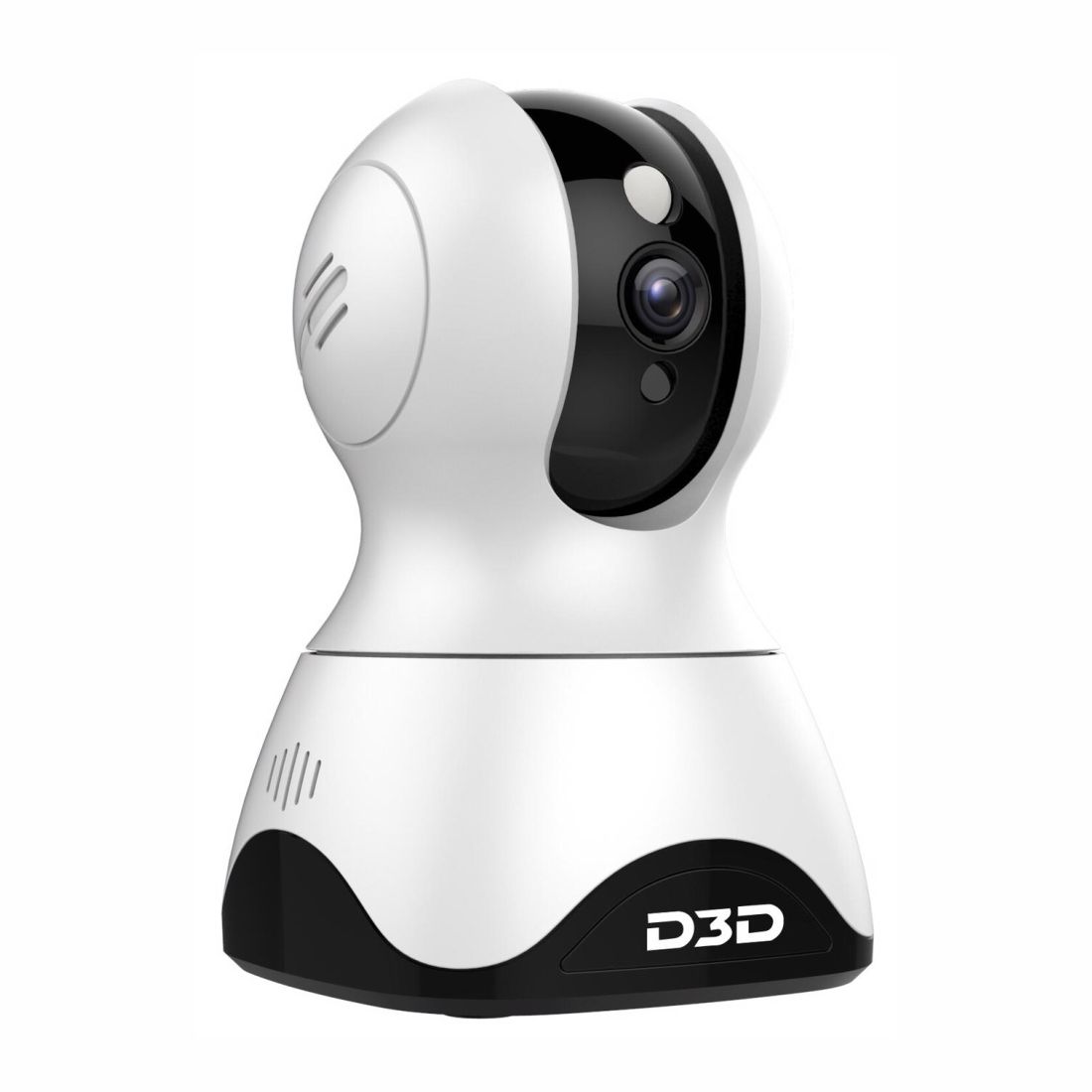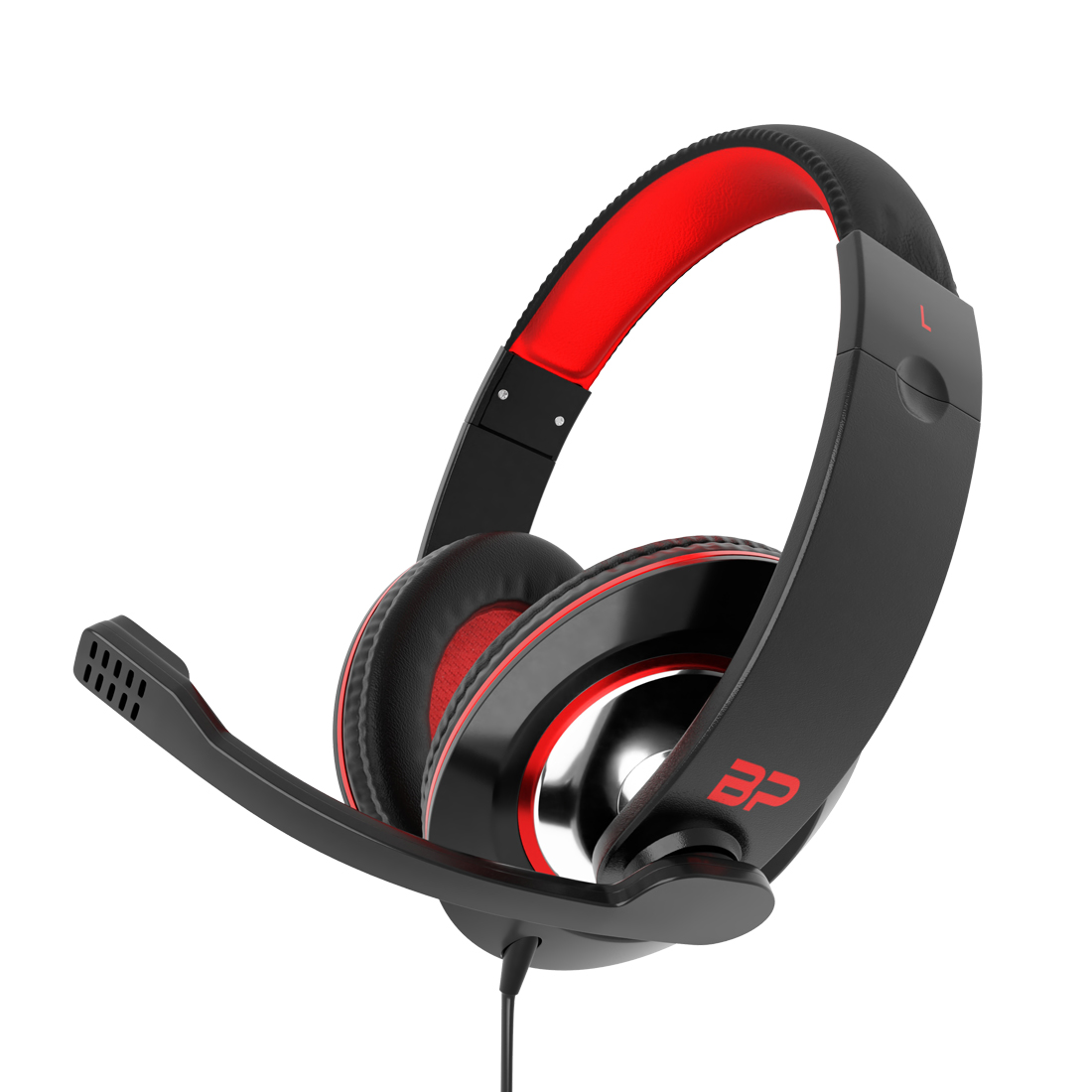Or, there just isn’t enough paper in the world to cover everything. Read the next section as you start your textbook studies. You’ll eventually run into something you don’t know that your textbook doesn’t explain.
Instead, you’ll be able to focus solely on grammar, and you’ll know the contents of 80% of every sentence you see for the first time. When you say these sentences out loud, you won’t be tripping over your tongue because you’ll already be intimately familiar with Japanese sounds and pronunciation. The time you put into kanji, vocabulary, and pronunciation will begin to pay off. Although katakana words won’t show up a lot right from the start, there are enough to make it worthwhile. It’s also a good way to spend your extra time while the number of kanji you’re learning is still quite low. This method for learning Japanese starts at the very beginning.
I assume you have zero knowledge of the Japanese language and guide you through each step. I’ll cover reading, writing, speaking, and listening. Hiragana is used for words and names not written in kanji and for grammatical purposes. It doesn’t matter if you choose online tutors or a language exchange, the important thing is to practice your conversation skills by speaking with natives. This will help you to develop the correct accent from the beginning and this is super important because the pronunciation is an essential part of learning a language. So when you’re learning grammar with a textbook, coming into it with prior vocabulary knowledge brings you to that 80%.
- It is the most crucial ingredient in the acquisition of language.
- Your self-introduction should include things like your name, where you’re from, and your likes/hobbies.
- Check AJATT (All Japanese All The Time), a website that teaches you to study Japanese by yourself, with the help of flashcards and native Japanese media.
- Of course you will have to “waste” half of your time to help the other person to practice but hey, it’s free.
It will also help you get the foundation you need for a native-sounding accent. At the very least, hiragana will get you 80% of the way there. Most Japanese classrooms spend an entire month learning how to read and write hiragana. Instead of writing out each hiragana character over and over to memorize them, use the guide below and you may be reading hiragana later tonight. It uses mnemonics and worksheets that are designed to help you learn and be able to recall hiragana faster than you thought possible. We have been programmed not to make mistakes, and if we do make a mistake, we feel as if we failed.
Then, when stray street vocabulary does start coming up, send it through the vocabulary process you’ve built. This is an important time in terms of pronunciation too. Make sure you consciously mimic the vocabulary audio. Before moving on, you should reach level 10 on WaniKani (or around 300 kanji and 1,000 vocabulary words using your own method). Before starting this step, make sure you can read a handful of kanji. If you’re using WaniKani, this is when you start unlocking vocabulary or are around level 2.
This was a huge problem I had, and I noticed other people have it too. When I was a beginner learning Japanese, I was pretty much reciting the words or phrases I learned. If you’re running a script or application, please register or sign in with your developer credentials here.
Immerse yourself in Japanese language and culture
This is why making a one size fits all Japanese guide is difficult. I will only go through what you need to do as a beginner. + Able to mine everything and anything (does not follow i+1) + Compensates for words with multiple meanings with the hint field.
Why many people “fail” to learn Japanese¶
After that, do a lot of exercises to really imprint those symbols in your brain. A fun way of doing that is by playing games c# backpropagation that you can find on the Internet. Of course, this “study often” technique means you have to avoid procrastination.
How you do this doesn’t matter as much as actually doing it. Put them in a spreadsheet, a tool like Evernote or OneNote, or just write them down on a piece of paper. Once you https://forexhero.info/ begin learning vocabulary in WaniKani (or your own system) read the Basic Japanese Pronunciation Guide from the Pronouncing Vocabulary section all the way through to the end.
The Japan Society of New York City offers 24 completely free video lessons on YouTube, covering essential Japanese. Once you finish all of the Japanese modules, you’ll be at around an N4 level. ToKini Andy’s YouTube channel is practically legendary in the Japanese learning world because of how clearly he explains Japanese concepts.
If you’re a serial procrastinator, then apps and plugins may help you break the habit and build a good study routine. You can also check out what your nearest Japanese embassy is doing to promote Japanese language and culture in your area. Move away from thinking that mistakes are bad or shameful. Reframing the common mindset about mistakes can really help boost motivation and reduce feelings of failure or frustration.
A Beginner’s Japanese Textbook / Program
You don’t have to move at the speed of the slowest learner in your group. All you need to do is follow each step, do the work, and progress. Instead, you need to do things the hard way (i.e. the correct way) right from the start. To learn Japanese efficiently, you need to train your brain. I know many people who have lived in Japan for years, and they can’t even say more than 1 sentence in Japanese.
You will learn about long and short vowel sounds, double consonants, dropping sounds (all common stumbling blocks for beginners), and more. Although it may be difficult now, just knowing pitch accent exists and how it works in Japanese will give you a leg up. For the remaining 20%, we wrote a guide covering the basics of Japanese pronunciation. Before you begin learning how to read hiragana, you should read up to the “Japanese Sounds and Your Mouth” section. While hiragana alone won’t teach you everything, it is the key to understanding how and why Japanese words sound the way they do.
Finding the best materials to learn Japanese is a challenge for most people. There are just too many books, videos, and programs out there. I believe in using more than one type of material for optimal learning. Books are great for reading and learning new material, but combining that with audio and video lessons with real native speakers will help you learn faster. Don’t just trust any ol’ thing you read on the internet. When you learn a new piece of Japanese grammar, make sure to read explanations from multiple sources.
Table of Contents
Furthermore, listening just flows without stopping, so you feel more comfortable when immersing. On the other hand, reading as a beginner is very frustrating as you need to constantly look up words probably every second. While no writing of hiragana, katakana or kanji is taught, this course is perfect for those looking for a travel-style Japanese course for tourists. Each lesson is taught like a university lecture with explanations and grammar tips.
You can also return the favor by answering users’ questions about your native language, making it a true paradise for language exchange. With this base knowledge, choosing a specific textbook or program to follow becomes less important, but there are still many “good” textbooks and many “bad” textbooks out there. Most will teach you the same content one way or another, so pick one that you feel fits your learning style. You will learn a lot of vocabulary purely from your kanji studies.
If you’re only going to buy one, I’d recommend the “Basic” book from the Dictionary of Japanese Grammar series. It is the best Japanese language reference book out there, in my opinion. Whatever you end up choosing, get started right away. It’s so easy for people to get trapped in a “preparation loop” where they spend all of their time planning and getting ready, only to stop before any actual work gets done. As I said earlier, you won’t be working with a ton of vocabulary at the start. For now, let your kanji studies give you most of your vocabulary.











